Supposedly a merchant named Matthew Flynn built a rough depot in 1870 at the place of the present town of Birdsville.
The town as we know it today was founded somewhat ten years later, at the beginning of 1880s in order to serve the pastoral holding of the Shire of Diamantina. For the first couple of years it was known only as The Diamantina Crossing. A convenient name as it was on the stock route from Boulia south to Adelaide.
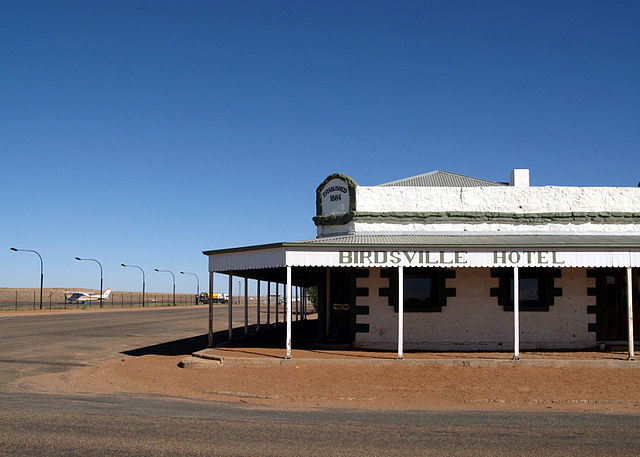
In 1883 a local government in Central West Queensland was set up, with its headquarters in the hearth of Birdsville. This institution held up until 1953 when it was moved to Bedourie. The name Birdsville was adopted in 1885 and it is believed that was suggested by Robert Frew, who was amazed of the variety and the amount of bird life around the area.
Birdsville developed fast into an administrative base for police and border customs as well as a central trade station. Almost all of the trade was done with Adelaide, and it became an important assembling point for cattle that was being transported to almost all markets down into South Australia.
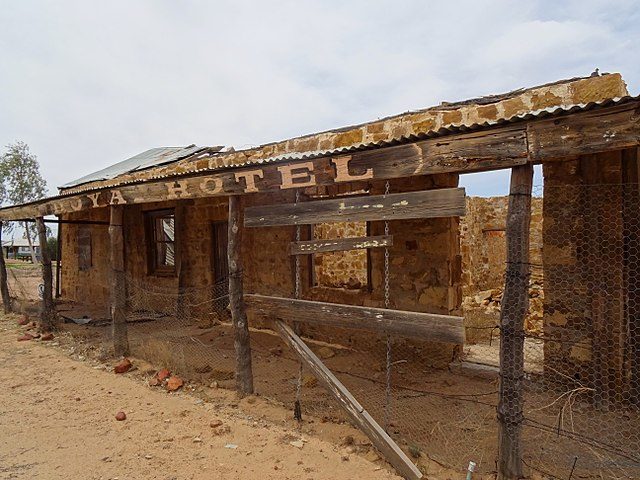
Around this time, with the town popularity only rising, more and more people were visiting. It was natural that someone would build a hotel and make some profit of the many traders and visitors. Thus Royal Hotel, a pretty basic building made sandstone, came to life.
Very fast it became as important as most of the buildings in the town, reflecting the relations of the town with the entire main and south parts of Australia.
This kind of buildings were typical for most of South and Central Australia. They are quite important due to their practical value. Nothing much for the eye, architecture wise, however very useful and often cozy. Most of them were built from stone extracted in their proximity, efficiently controlling the extreme temperatures in the hot and dry Australian continent, that was always lacking threes and lumber.
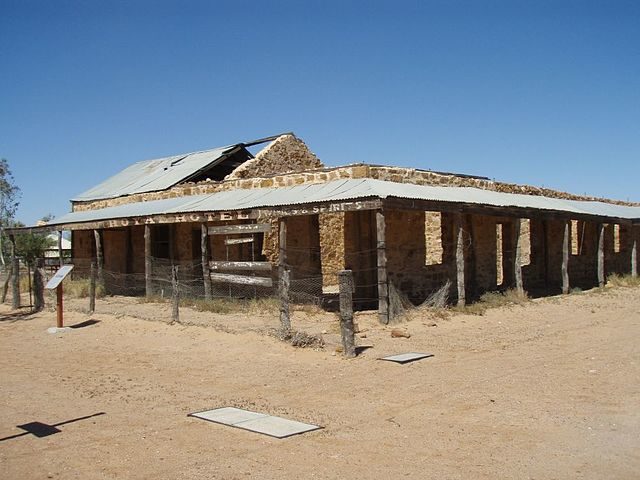
The license for the Royal Hotel was firstly issued to Alfred William Tucker in 1883, followed by the construction of the first section. Two years later, he passed the license to Jonathan Groth, and the building was renamed Groth’s Hotel.
The following year Mr. Groth bought the grounds around the hotel and legally secured his ownership up until 1898. Afterwards he lost the hotel and it’s future from here on was that of a tumbleweed. Passed around for years under different owners and managers. But it was never closed and was almost always full with customers.
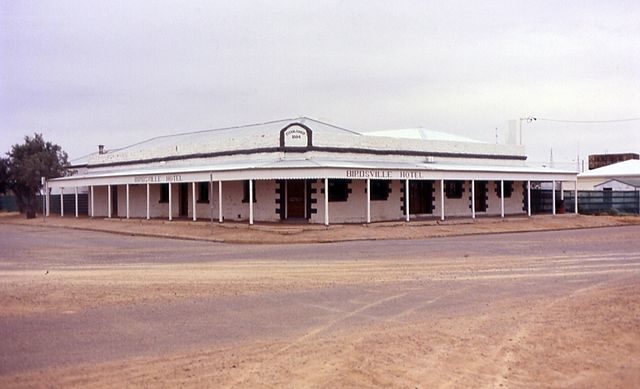
The fate of Birdsville Hotel changed in 1923 when it was taken over by a Presbyterian Mission and converted into a bush nursing home. Australian Inland Mission used the building for five years, offering its services to people in need.
They had six rooms supervised by two nursing sisters. The conditions regarding the building by this time were not ideal for the job but they got along successfully. Really important changes and developments started taking place in the period between 1929 and 1934 under the lead of Reverend Dr. John Flynn.
He completely dedicated himself on improving the medical facilities in Central Australia. From equipping the bush nursing homes with better equipment all the way to introducing the Flying Doctor Service.
An air ambulance crew, ready to get anywhere very fast and can be requested trough a simple radio connection. The progress didn’t stop there. Two of the nursing sister, Edna McLean and Amy Bishop, started a regular morning radio calls to all the other bush nursing homes that had radio. This came to be the first ever talk-back program in Australia.
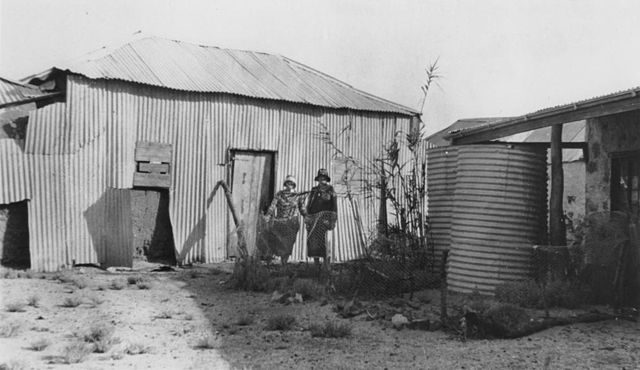
The story of the building after the mission left is going rapidly down. It was used as a residential home, both for monthly and hourly rate. But the general neglect and not caring from the owners at the time brought it to ruins.
At the very end of the 20th century there were some restoration works, and promises of revival. However nothing much happened. The building. in it’s poor state still stand today and it is a popular touristic attraction. Mostly due to its historic character and value, and much much less about its state of being.
